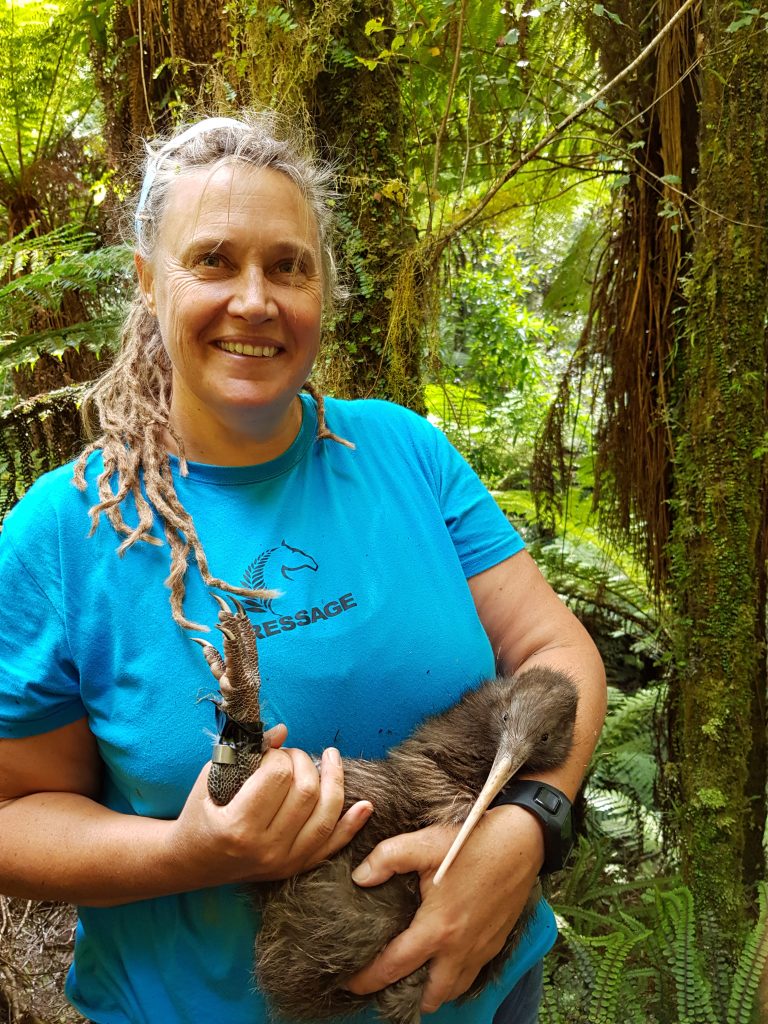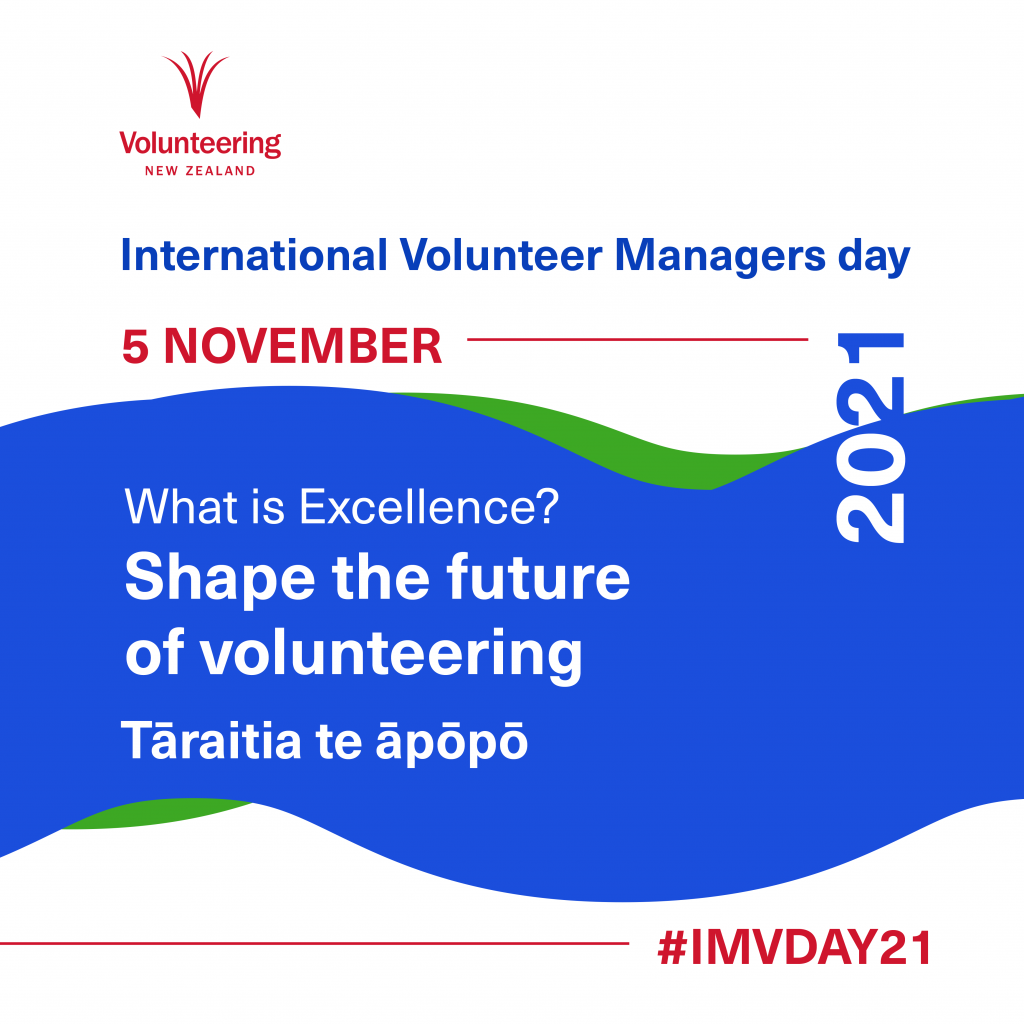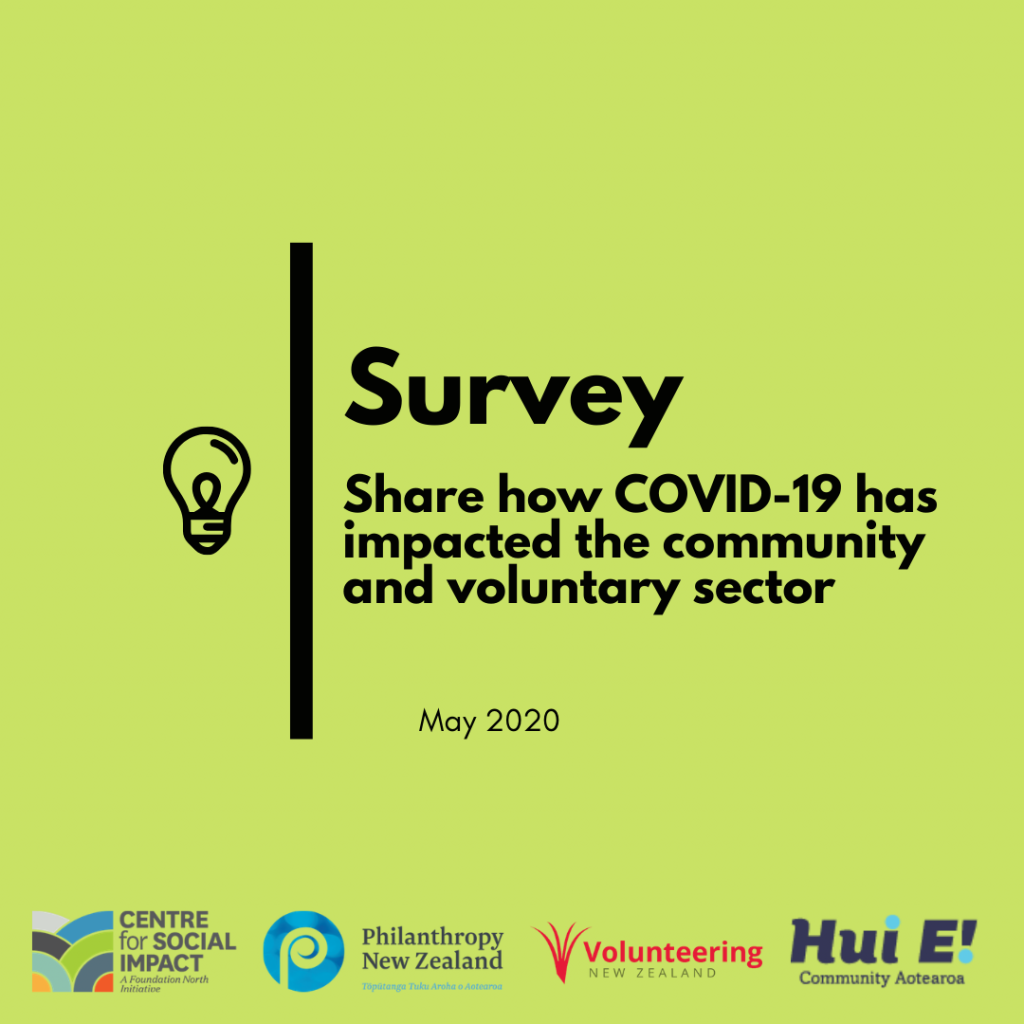When Celine Filbee joined the Taranaki Kiwi Trust as manager, she decided to experience firsthand the work its volunteers do — by joining an egg-lifting mission.
The Taranaki Kiwi Trust helps protect the wild kiwi that live in the steep bush around northern Taranaki. The trust monitors the birds through transmitters attached to their legs, and volunteers embark on carefully-timed missions to remove any eggs the kiwi lay. The eggs are transported to the National Kiwi Hatchery in Rotorua for incubation, and when the chicks are big enough, they are taken back to Taranaki to be released in a protected area. This increases the chances of a wild chick surviving by up to 50 per cent.
Celine’s first egg-lifting mission was a memorable experience. It began with a 6.30am meet up, followed by a 90 minute drive into the remote Waitaanga conservation area.
“They start early, that’s for sure!” she says. “Teams set off in different directions, armed with a water bottle each, equipment for transmitter changes, telemetry gear and a small chilly bin, both of which are cumbersome in the bush.”
Celine and her team trekked through the bush until they reached the stomping ground of Winter, one of the wild birds monitored by the trust. The telemetry gear used to monitor Winter provided valuable information about the bird’s recent activity, but for Celine, finding the kiwi wasn’t as simple as she had anticipated.
“It took us over an hour to track down Winter’s burrow,” Celine remembers. “It would seem this is not unusual, an exercise in patience for the most impatient person in the world, peppered with clambering up and down banks, crossing a small tributary of the river on very slippery papa several times, all while trying to be quiet!”
Eventually, the team uncovered the burrow, and after “a little bush whacking”, team member Sue emerged carrying Winter. Celine was then tasked with holding the wild bird while Sue performed transmitter maintenance, measured Winter’s bill and did a health check.
“Luckily Winter was calm while Sue replaced his transmitter for one with a new battery,” Celine says. “She then went back into the burrow to retrieve the two huge eggs nestled there. They went into the chilly bin in a new burrow of work socks which had been warmed previously using a hot water bottle. Winter was returned safely to his nest and we set off sliding down banks, clambering over trees and rock hopping back up the river, but this time I had been entrusted with the cargo, two kiwi eggs!”
Celine made her way with the precious cargo back to the vehicles, where the volunteers met to compare notes — and eggs. In total, the teams found four eggs on the trip, which would later be transported to the hatchery by another volunteer.
The day was a long one, but the experience showed Celine just how much effort volunteers put in to help protect one of New Zealand’s most beloved birds.
Celine Filbee
Taranaki Kiwi Trust
For NVW, Volunteering New Zealand has launched an interactive map of volunteer stories from across Aotearoa. This map is filled with stories from volunteers throughout Aotearoa, New Zealand. This map celebrates the contribution of volunteers in their communities throughout Aotearoa. It aims to inspire people to engage in volunteering, Mahi Aroha and social action and to realise the benefits of weaving their communities together through their actions.





About The Author: Michelle Kitney
Chief Executive, Volunteering New Zealand
More posts by Michelle Kitney